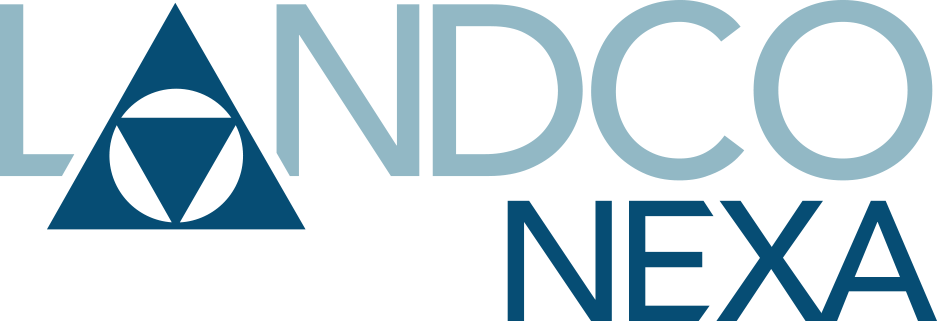Inflation: As reported on 4.12.23, March 2023 had a projected vs Actual. Looking forward to April’s CPI, which is set to be released on 5.10.23, as well as PCE, which is used by the Fed.
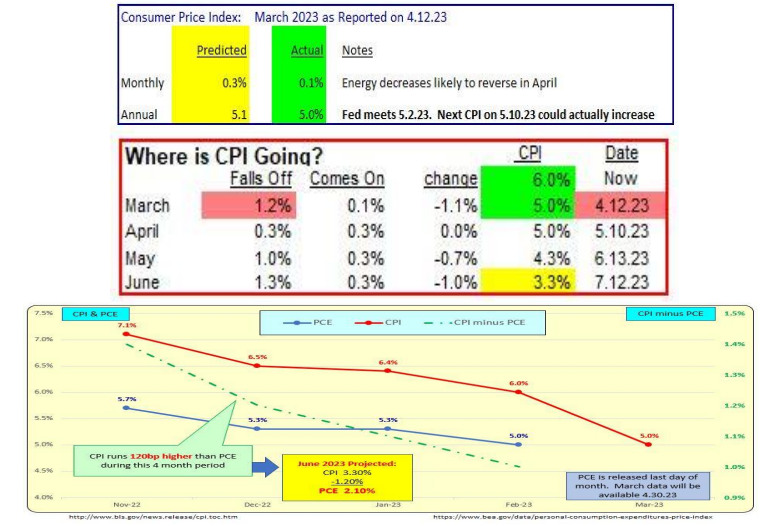
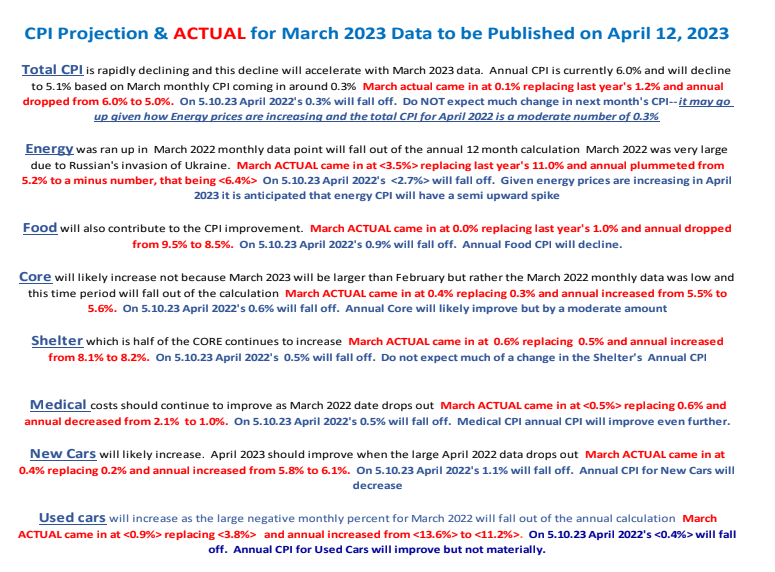
INFLATION History: Over the past 50 years, the US has had 3 inflationary time periods, all related to Oil/Gas prices. Note, as fast as inflation spiked, it fell off just as dramatically. It is worth noting that mortgage rates do follow the CPI lead, but there is a lag time involved. Rates tend to rocket up and feather down—no one wants to be first to lower rates in case the market decreases stall.
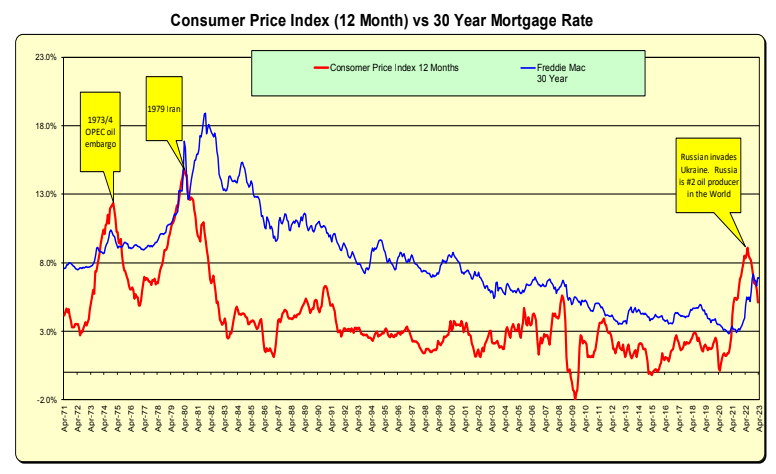
Total and Core: The annual CPI is a rolling product of 12 monthly data points. Think of it as being 12 dominoes. As a new one comes on, the oldest one falls off. That is March 2022’s 1.2% Total CPI. It is going to decrease through June 2023 as the older large blue bars (Mar-June 2022) are replaced with smaller blue bars. This drop in CPI will be rapid.
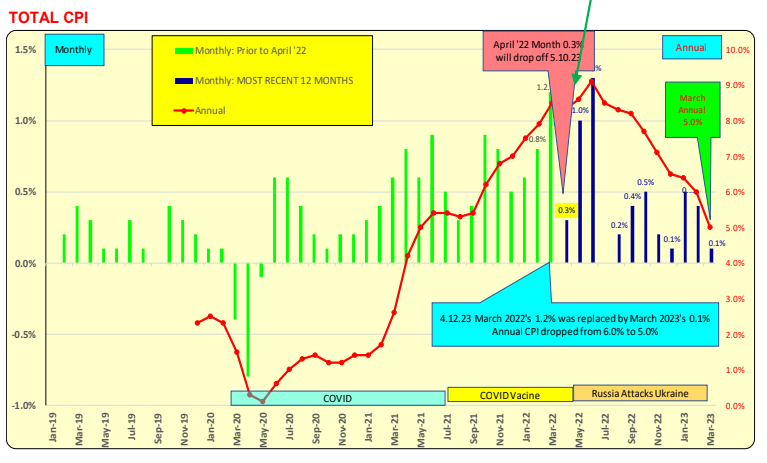
Sensitivity and projection: On April 12, 2023, the large data point of 1.2% for March 2022 will fall off. What is not known is what March 2023 will be. The best guess is it will be around 0.3%. The graph on the left shows the Annual CPI rate range of monthly CPIs from 0.0% to 1.0%.
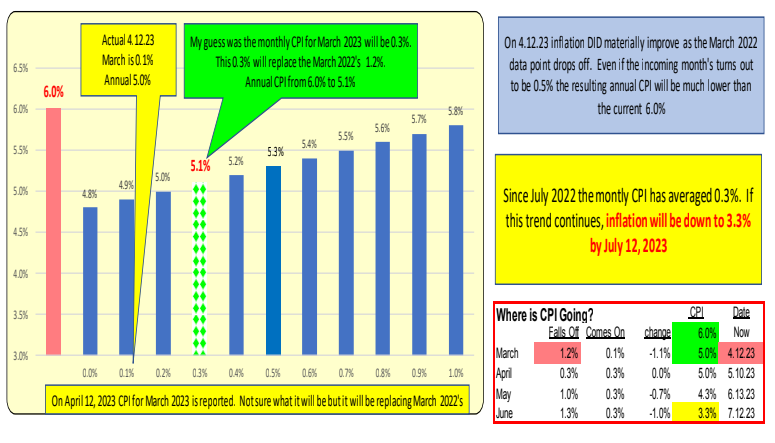
Energy and Food: For energy, note that the scale is HUGE. The large blue bar for March 2022 represents the energy inflation due to Russia’s invasion of Ukraine. It will fall out of the rolling CPI calculation on April 12 when the March 2023 CPI data is released, and the March 2022 data falls off. Food is also trending down.
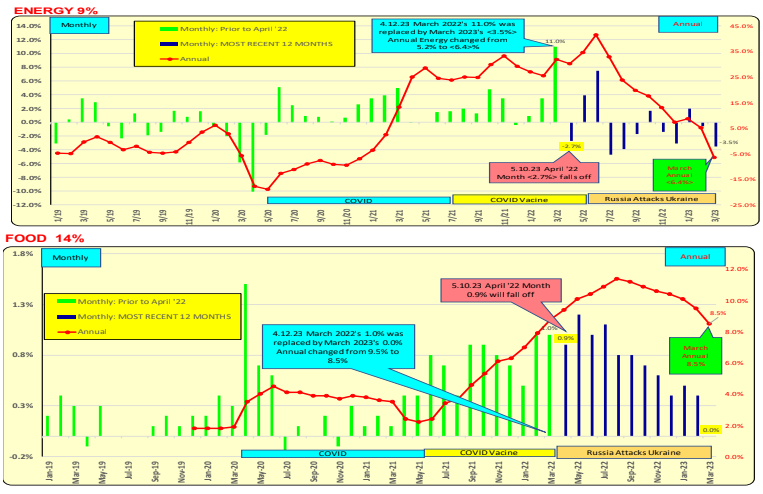
GAS PRICES are an international item that affects all. Putin invaded Ukraine on 2.24.22, and gas prices were up 19% for the ONE month alone in March 2022. The March 2022 spike will continue to be included in the annual CPI calculation for the next 2 months and will drop off on 4.12.23. The 17% June gas price surge will fall off on 7.12.23.
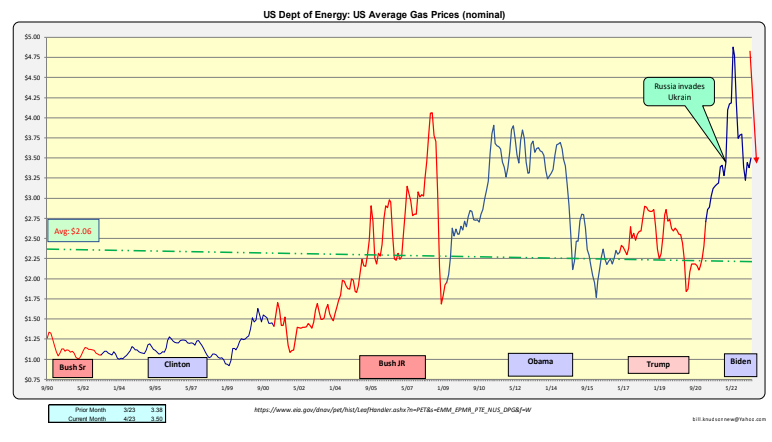
Core CPI: Core represents 77% of all CPI, with shelter being the largest component, representing 32% of all consumer expenditures.
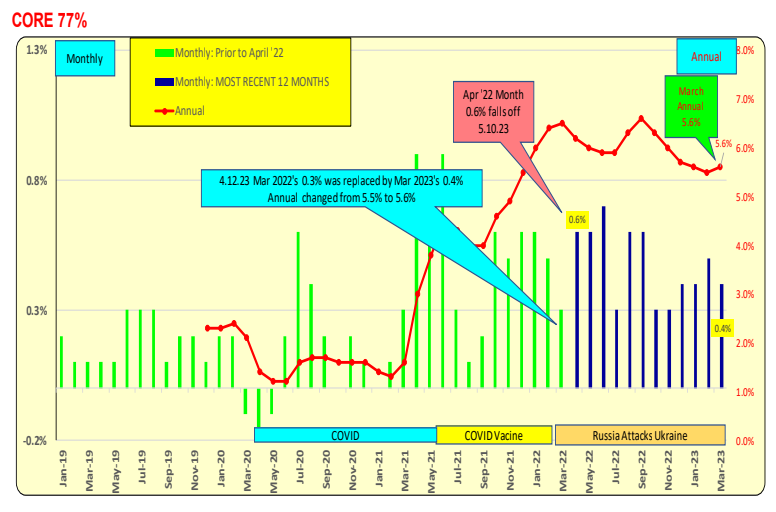
Shelter and Medical: Shelter will start trending down as repriced lease data becomes available, but for now, the annual trend is up. Changes in this component will lag the CPI improvement, but it will help moderate CPI in the months after June 2023.

New vehicles and used vehicles: New car inflation will continue to decrease when April and May 2022 data roll off. This will have a material improvement on CPI. Used car prices are also decreasing as new car production and inventory replenishment continue. March 2022 represents a significant negative data point, but it will fall off on 4/12/23, causing an upward spike in the annual data.

Components such as energy, food, core commodities, and services, along with major subcomponents, There are 300+ product categories that go into the CPI calc. The 23 subcategories listed below account for 92% of all consumer expenditures that go into the CPI calculation. Green arrows representing 70% are tracked on a monthly basis.

Below are the publication dates of CPI, PPI, and net new jobs data, which pertain to the prior month’s economic activity. These items will be key factors during the Federal Reserve’s meetings, which are also listed below.

